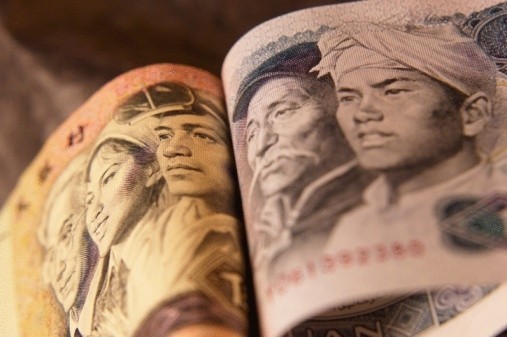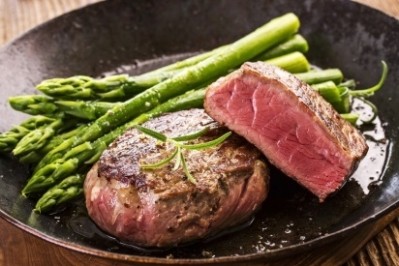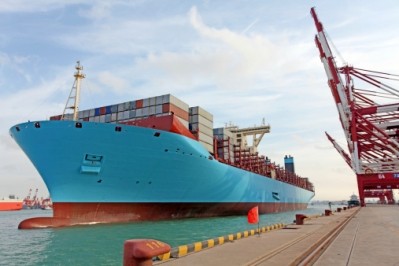China tipped for beef boom

Mainland China-listed retailers of imported beef stand to make profits of up to 50%, according to Chen Haokun, an equity analyst for Industrial Securities, one of the country’s leading stockbrokers.
In the same vein, a report from Essence Securities (another leading Chinese brokerage) has singled out a handful of firms able to secure high-volume supply of meat from overseas: one of these firms is Xinjiang Tianshan Animal Husbandry Bio-Engineering, which has specialised in cattle genetics and breeding, but has lately switched its focus to importing, slaughtering and processing. Xinjiang Tianshan gained international attention recently when it took a 70% stake in Minjah Pastoral for AU$17.68 million.
Essence Securities said it was optimistic about Tianshan because the firm had “expanded into the supply chain” of the beef sector. The company is listed on the Shenzhen stock exchange and, like Maling, it has state-owned roots and hence access to big cash. However, for all the optimism around the firm, Xinjiang Tianshan didn’t pay a dividend to its shareholders for 2015 and the firm has flagged to investors that it will make a loss in the first quarter of 2016.
Surging demand
Crucially, Tianshan also operates its own stores – stand-alone retail units in major Chinese cities – similar to the strategy pursued by some other local beef players keen to get retailer margins.
While there has been a lot of action from upstream meat processors and breeders, the downstream importers and retailers are tipped by analysts Iris Pang and Gary Ng at the Hong Kong offices of Natixis, a French investment bank. Importers and retailers can cash in on “surging demand for higher quality food”, noted the two analysts in a recent report on the sector.
Chinese firms invest overseas to “secure supply and technology, especially in ways to improve productivity and, more importantly, to have a higher practising standard on food safety”, the Natixis report said.
Shortage of local cows
Beef is seen by China’s corporate sector to offer attractive margins – that’s why Chinese investors with no track record in beef have been keen to get in on the action. Big-name deals that have gone ahead include the purchase of the Bindaree Beef group for AUS$140m by Chinese pork processor Shandong Delisi, while automotive-focused Tianma Bearing Group Co purchased Wollogorang Station ranch for AU$47m.
The wave of Chinese money going overseas looks set to ramp up, with the massive animal feed producer New Hope Group joining the fray. Company boss and founder Liu Yonghao recently told Chinese media the company would invest RMB17bn overseas up to 2021.
Retail stores are also part of the plans for Zhong Ao Nong Mu Ltd Co (part of another state-run conglomerate), which early this month broke ground on a new plant, due to be operative in November, to process 30,000 cattle per year. The animals are to be imported from Australia to be slaughtered in the plant in Haixing, a rural part of Hebei province that surrounds Beijing.
China needs to import cattle for slaughter due to a shortage of local supply, according to Chen Shu Yun, general manager at Zhong Ao. He thinks the country needs “scientific cooperation” with western nations to improve local breeding programmes, but he also believes China needs co-operation with breeding nations with “abundant land” to breed cattle.
“Bottlenecks” in breeding programmes and a “lack of scale” are among the challenges facing China’s beef cattle sector, according to a study compiled by Xu Shang Zhong, head of the China Beef Cattle Association. He also pointed to the lack of a “single national beef brand” as a weakness.















